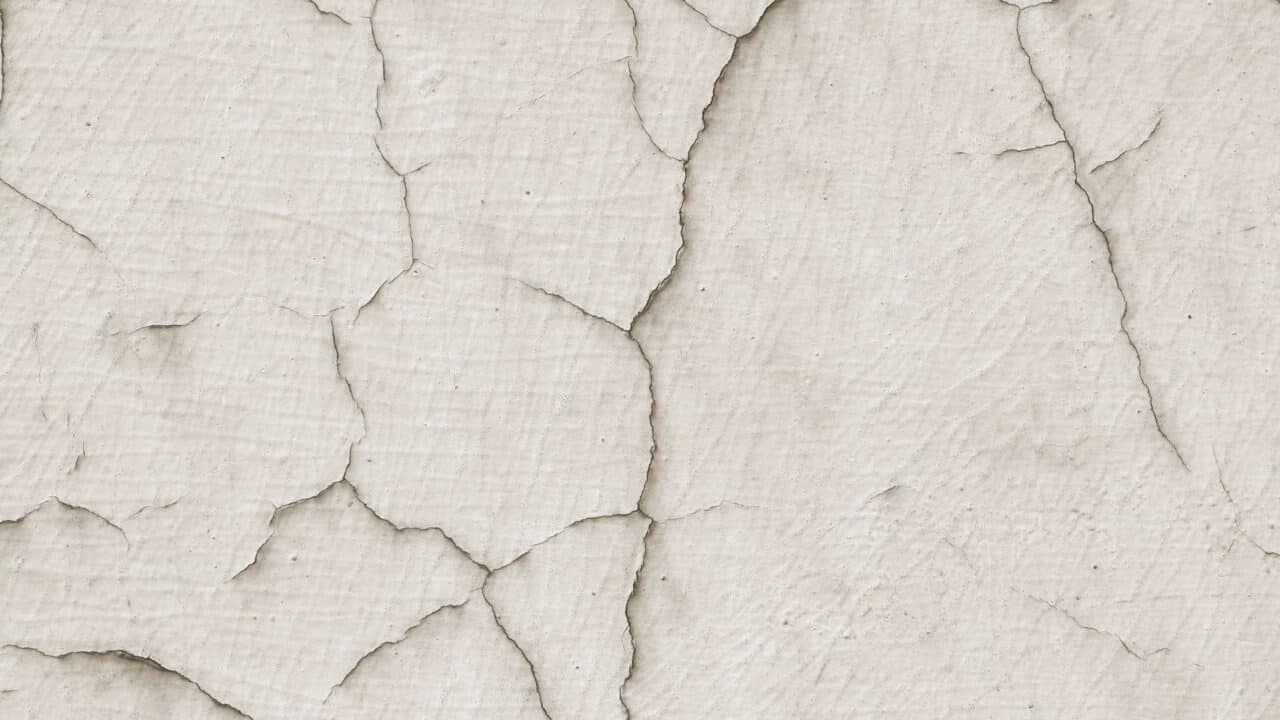Hairline cracks in plaster are usually cosmetic and caused by minor settling or temperature changes. Structural cracks are wider, deeper, and may signal underlying foundation or framing issues. Knowing the difference helps you decide whether it’s a simple patch job or time to call in a pro.
Cracks in Plaster Walls: What They Mean and What to Do About Them
You’re painting a room or hanging a picture and notice a crack snaking across the plaster. Is it just cosmetic? Or a warning sign of something bigger?
Plaster walls are beautiful, durable, and full of character—but they’re also prone to cracking over time. Not every crack is a crisis, but understanding what kind you’re dealing with is key to keeping your home in good shape.
In this article, we’ll break down:
-
What causes cracks in plaster walls
-
How to identify different crack types (with real-world examples)
-
When to DIY and when to investigate further
-
How to fix each type properly
What Causes Plaster Wall Cracks?
Plaster is a rigid material applied over a lath base (wood or metal), and while it holds up well for decades, it doesn’t like movement. Here are the most common reasons plaster cracks:
-
Settling: As your house ages, the foundation and framing shift slightly.
-
Humidity changes: Seasonal fluctuations can cause the lath and framing to expand or contract.
-
Poor adhesion: If the plaster has detached from the lath behind it, cracks may form.
-
Vibration: Heavy traffic, door slams, or renovations can stress the wall.
-
Water damage: Leaks behind the wall cause the lath to swell or rot, leading to structural cracks.
🔍 Identifying Crack Types in Plaster Walls
1. Hairline Cracks (Cosmetic)
-
Appearance: Very thin, usually less than 1/16″ wide.
-
Location: Often near door frames, corners, or ceiling junctions.
-
Shape: Straight or spiderweb-like.
-
Cause: Natural movement, temperature shifts, minor settling.
💡 Test: Run your fingernail across it—if it barely catches, it’s likely hairline.
Fix: Scrape lightly to remove loose debris, then use patching compound or flexible spackle. For best results, feather with a drywall knife and spot prime before painting.
2. Crazing or Spiderweb Cracks
-
Appearance: A network of fine, shallow cracks like dried mud.
-
Location: Entire wall or ceiling surface.
-
Cause: Overly thick paint or improper curing of plaster during application.
Fix: Sand and resurface. In some cases, a skim coat of joint compound over the entire surface may be needed.
3. Vertical Cracks
-
Appearance: Thin to medium width; runs straight up and down.
-
Location: Often at seams where two plasterboards or framing members meet.
-
Cause: Settling or framing expansion/contraction.
Fix: Clean the crack and fill with plaster repair compound. Reinforce with mesh tape if wider than 1/8”. Prime and repaint.
4. Diagonal Cracks
-
Appearance: 30–45° angles, sometimes extending from door or window corners.
-
Location: Around doors, windows, or structural openings.
-
Cause: Possible structural movement or foundation issues.
⚠️ Warning Sign: These cracks may be more than cosmetic, especially if wider than 1/8″, growing over time, or accompanied by sticking doors/windows.
Fix: For cracks larger than 1/8″, it’s worth calling a pro to rule out shifting foundation or framing damage. If the structure is sound, stabilize and repair with mesh tape and a strong compound like Durabond.
5. Ceiling Cracks
-
Appearance: Long cracks across the ceiling or spiderweb patterns.
-
Cause: Joist movement, roof truss shifting, or lath detachment.
Fix: For small cracks, joint compound or plaster patching is enough. For sagging areas or wide cracks, the plaster may be detaching from the lath and need reattachment (using plaster washers) or replacement.
6. Bulging or Cracked Plaster from Water Damage
-
Appearance: Discolored areas, bulges, soft spots, or crumbling plaster.
-
Cause: Active or past water leaks.
-
Clue: May feel damp, flake easily, or have mildew smell.
⚠️ Don’t ignore this one. Water-compromised plaster can fall suddenly and poses mold risk.
Fix: Identify and repair the source of moisture first. Then remove compromised sections and patch with bonding agent and new plaster.
When to Worry: Signs of Structural Cracks
While most plaster cracks are harmless, some may point to serious issues.
🔴 Call a structural pro or inspector if you notice:
-
Cracks wider than 1/4″
-
Cracks that keep growing or reappear after repair
-
Cracks combined with uneven floors or doors that won’t close
-
Horizontal or stair-step cracks, especially in brick or foundation areas
-
Significant bulging or wall movement
DIY Crack Repair Tips (For Non-Structural Damage)
Here’s how to tackle basic plaster cracks like a pro:
-
Score the Crack: Open up the crack slightly with a utility knife to remove debris and give filler a place to bond.
-
Clean the Area: Brush or vacuum dust, then wipe with a damp cloth.
-
Use the Right Filler:
-
For hairline cracks: lightweight spackle or flexible filler
-
For wider cracks: setting-type joint compound or plaster patch
-
-
Mesh Tape for Strength: On cracks larger than 1/8”, embed mesh tape to prevent re-cracking.
-
Feather and Sand: Smooth out the patch area with a wide knife and sand flush once dry.
-
Prime Before Painting: This ensures even sheen and adhesion.
Frequently Asked Questions
What causes cracks in plaster walls to suddenly appear?
Changes in temperature or humidity, new construction nearby, or shifting foundations can all trigger new cracks—even in older homes that seemed stable.
Should I be worried if plaster cracks keep coming back?
Yes, recurring cracks usually mean there’s movement in the wall system—either due to structural flexing, improper repair technique, or active foundation issues.
Can I use caulk to fix plaster cracks?
Only for flexible, small corner cracks where walls meet trim. For flat wall surfaces, use a patching compound for a better blend and paintability.
How do I know if a plaster crack is from water damage?
Look for discoloration, softness, flaking, or a musty smell. Even if it’s dry now, old water damage weakens plaster and should be repaired before painting.
Is it better to patch cracks or skim coat the entire wall?
For widespread fine cracks or crazing, a skim coat gives the best finish. For isolated hairline cracks, targeted repair is more efficient.

